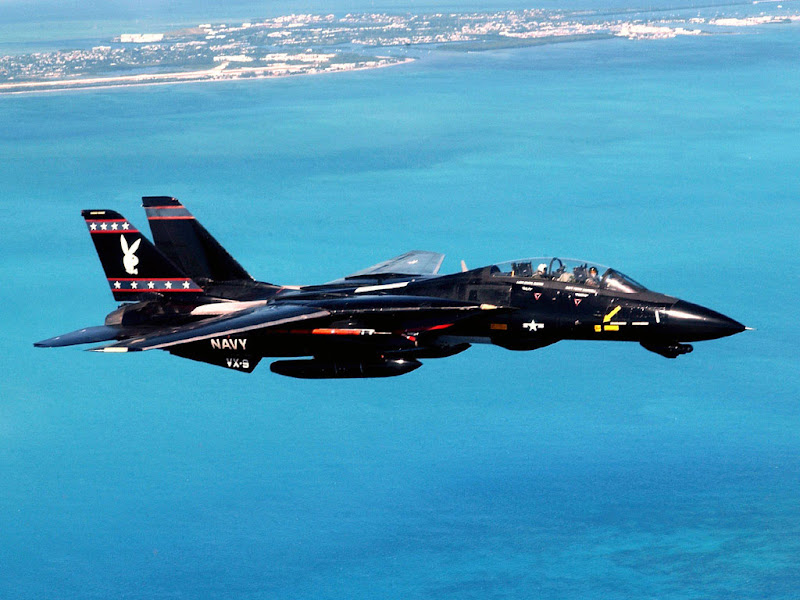F-14 Tomcat
The Grumman F-14 Tomcat was the central to the movie Top Gun. The aviation themed film was such a success in creating interest in naval aviation that the US Navy, who assisted with the film, set up recruitment desks outside some theaters. Producers paid the US Navy 6,000 as reimbursement for flight time of aircraft in the film. An hour of flight time for the F-14 was billed at ,600.
It also appeared in the film The Final Countdown and the television series JAG. The Tomcat was a central part of the Stephen Coonts novel Final Flight. Four F-14s were later shown in the movie Executive Decision.

